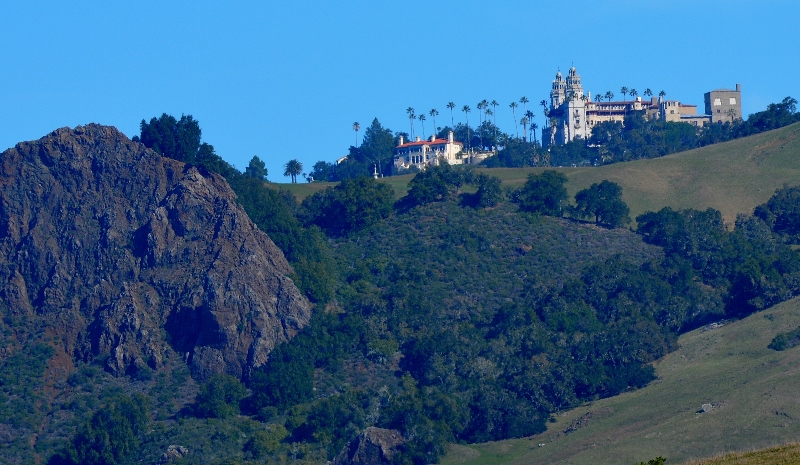Category: Outdoor Adventures
November 25, 2023
Early in 2022, while reading a book titled America’s National Wildlife Refuges, I became enthralled with a refuge in southwestern Montana called Red Rock Lakes….
March 13, 2020
Kathy and I have always been fond of California’s Central Coast. We try to make the trip down Highway 1, from Monterey to Morro Bay,…
October 4, 2019
The first time I experienced the awesome grandeur of California’s Eastern Sierra was in 1975, when, as a rookie Fish and Game warden, I drove…
July 12, 2019
When the Outdoor Writers Association of California chose Siskiyou County as the site for this spring’s writers conference, I couldn’t have been more pleased. I’ve…
April 12, 2019
When people describe the desert, words like hot, dry, desolate, bleak, bare, brown, inhospitable, and intimidating are often mentioned. Those descriptions change dramatically when water…
October 26, 2018
The first time I experienced the awesome grandeur of California’s Eastern Sierra was in 1975, when, as a rookie Fish and Game warden, I drove…
September 7, 2018
With camera in hand, Kathy and I have spent much of the last thirty years enjoying nature and searching for wildlife wherever we could find…
September 8, 2017
It was early September when Kathy and I arrived in Pacific Grove to find the whole town buzzing with excitement. Something strange was going on,…
July 7, 2017
My first opportunity to visit California’s magnificent Eastern Sierra came in late April 1975, while I was a young Fish and Game warden stationed on…
July 2, 2016
I’ve been exploring Northern California’s streams—above and below the surface—for most of my life. One of my most memorable adventures took place on a hot…









